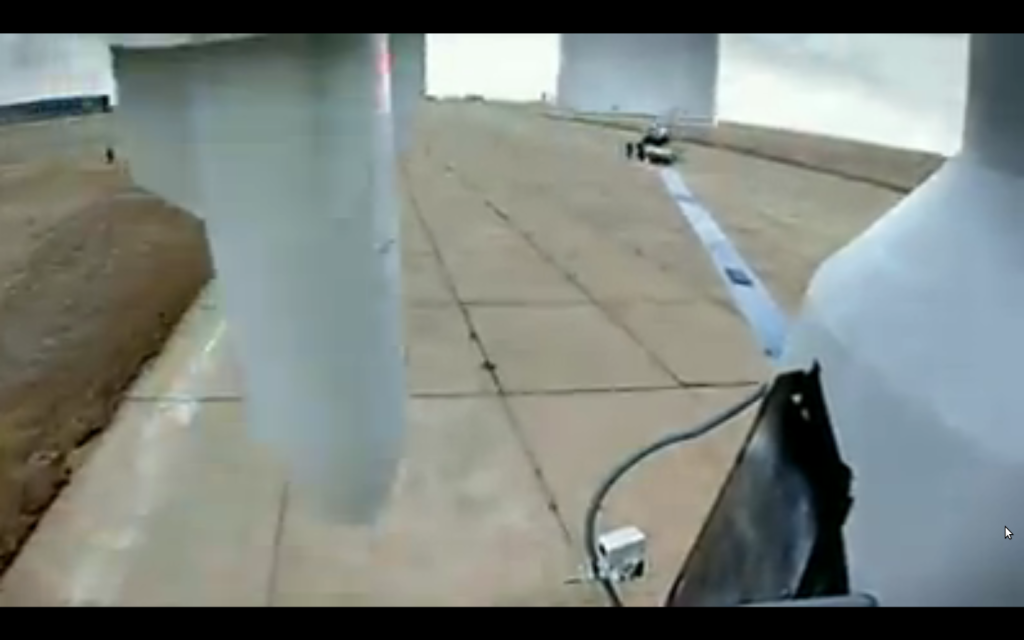9421
Flat Earth Theory / Re: And the mountains?
« on: July 13, 2015, 05:42:33 PM »Quote from: Rama SetBut it is still just a trick of the eye. Tom needs to show the path of the light rays on a FE and how they can result in the effect he is describing. I sincerely doubt it is possible unless you start positing light that curves independently of refractive effects.
How is light curving when you hold a dime up to your eye and block out an elephant?
What I described is exactly the same, except it is perspective bringing the dime up to your eye instead of your arm, and it's happening further away.
I understand your position and requested you show the path of the light rays which make a plane appear to be a hill. Please let me know if you are having difficulty with understanding my request.
Imagine a light diagram of someone holding out a dime with their hand to obscure an elephant. Where does the light go and how does a small thing obscure a large thing?That is basically what would be drawn.
How can the dime obstruct your view of the elephant if the dime is too small to see and below your eye level?
For the first point, the dime may be too small to see, but it is still going to block light rays. Consider a tower on the horizon. Although the bricks which make up the tower are too small to see, they are still each undeniably blocking the light of the things behind it.
For the second point, perspective places things at the horizon on your eye level.
Consider: Imagine we are on a very large dirt plane. We are 5 feet 10 inches tall. We look directly 90 degrees ahead at the horizon and see a dirt line. How can we see dirt at our eye level if we know that the dirt is 5 feet 10 inches below us?
From Chapter 5 of The Perspective Handbook by Joseph D'Amelio we read:
Quote from: Joseph D'Amelio
Anyone who has ever been to the seaside will have seen a horizon (as long as it wasn't foggy). This is the line you see far away, out to sea. It's the line where the water stops and the sky starts. There are horizon lines everywhere, but usually you don't see them because something like a hill or a tree or a house is in the way.
You always see the horizon line at your eye level. In fact, if you change your eye level (by standing up, or sitting down) the horizon line changes too, and follows your eye level. Your eye level always follows you around everywhere because it's your eye level. If you sit on the floor the horizon is at your eye level. If you stand up, it's at your eye level. If you stand on top of a very tall building, or look out of the window of an aeroplane, the horizon is still at your eye level.
It's only everything else that appears to change in relation to your eye level. The fact is, that everything looks the way it does from your point of view because you see it in relation to yourself. So if you are sitting looking out of the window of an airliner everything is going to look shorter than you because at this moment you are taller (or higher) than everything else.
In an editorial from the London Journal, July 18, 1857, one journalist describes the following from a hot-air balloon ascent:
Quote from: London Journal
The chief peculiarity of the view from a balloon at a considerable elevation was the altitude of the horizon, which remained practically on a level with the eye at an elevation of two miles, causing the surface of the earth to appear concave instead of convex, and to recede during the rapid ascent, whilst the horizon and the balloon seemed to be stationary.
During the rapid ascent in the balloon the author saw new and distant lands reveal themselves from the stationary horizon. His perspective lines were constantly changing, revealing additional lands, while the horizon line remained stationary at eye level.
It could be argued that this should not have happened if the earth were a globe. The horizon should have been seen to drop rather than remain stationary.
If you believe that the horizon is below eye level, that will need to be demonstrated, as experience in nature suggests otherwise.



